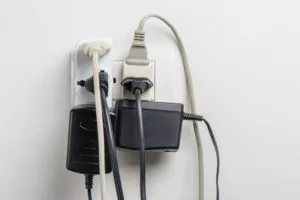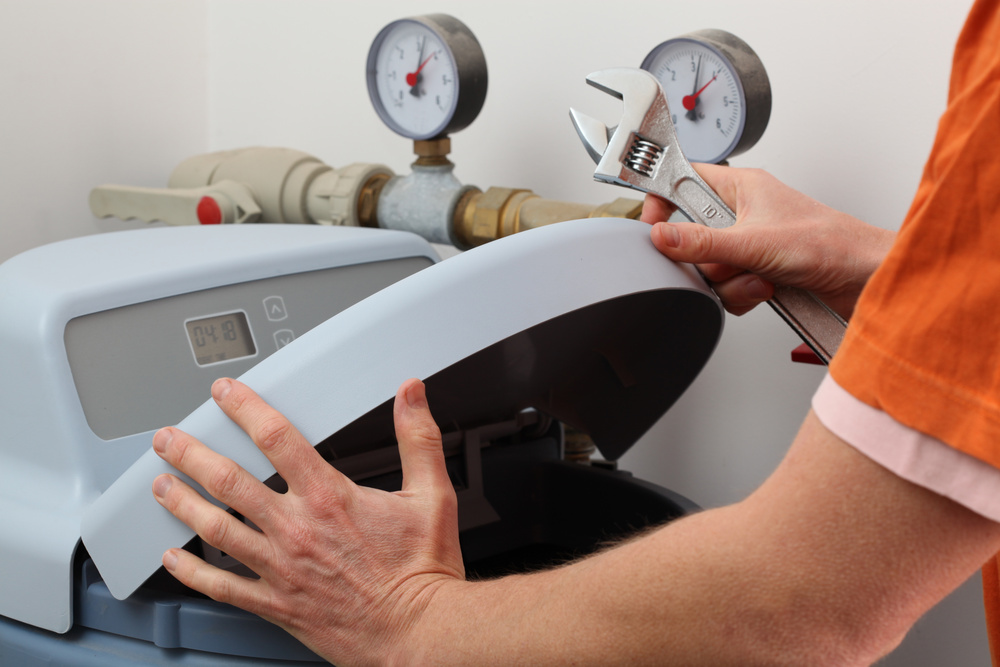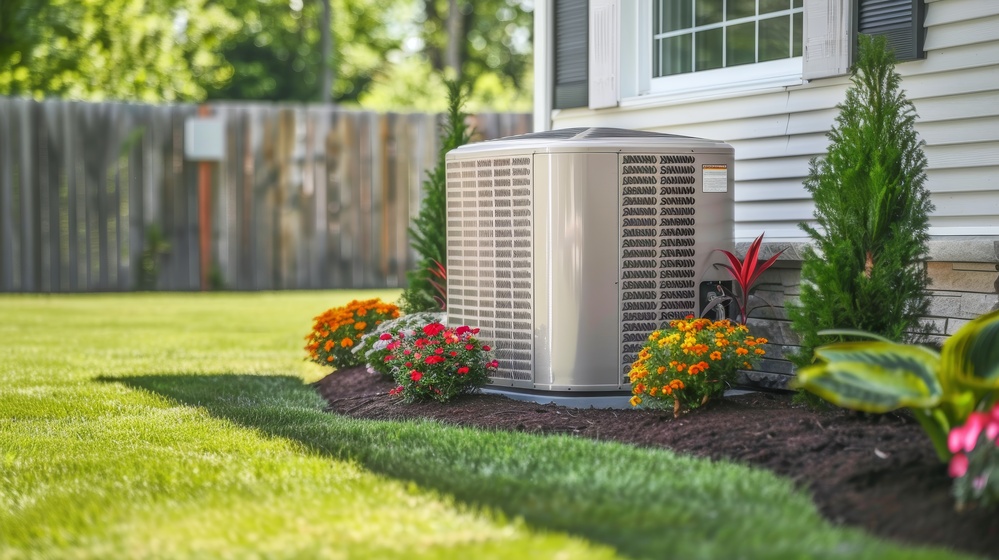How Many Outlets Per Circuit

Within an electrical panel are a set of circuit breakers that have the job of keeping your home safe from high levels of electricity. If one circuit has too much electricity flowing through it, the breaker will cut the power to prevent any damage from ensuing. If each circuit has a limit of how much power it can handle, how many outlets are allowed per circuit?
Number of Outlets
The blunt answer to this question is that there is no limit to the number of outlets per circuit. The average circuit will allow up to 20amps and an empty electrical outlet does not draw any power. It only matters on how many electrical devices are plugged into these outlets. The National Electrical Code specifies that the maximum limit should be 16amps per circuit so there is extra room for a surge of electricity when appliances are turned on.
Plugging In
When figuring out how many outlets you should put per circuit, take into account what you will be plugging into them. You’ll want to put the outlet that the refrigerator is using on its own dedicated circuit since it uses more electricity than anything else in the house. The set of outlets in each bathroom should be on their own circuit as well so no two people start up hair dryers at the same time and trip the breaker.
Balance
Since lighting doesn’t use a lot of electricity you can put them on the same circuits as your electrical outlets. For rooms that will use more electricity than others, like the kitchen, make sure you have at least two circuits. Now you can spread out appliances on multiple circuits while also being balanced out with the low usage kitchen lighting.
Knowing how many outlets you can and should have per circuit is important so you don’t damage your home’s electrical system. When you need a professional to come and tweak or repair your home’s electrical system, contact the experts at SameDay Heating & Air, give us a call at (801) 726-3329.





